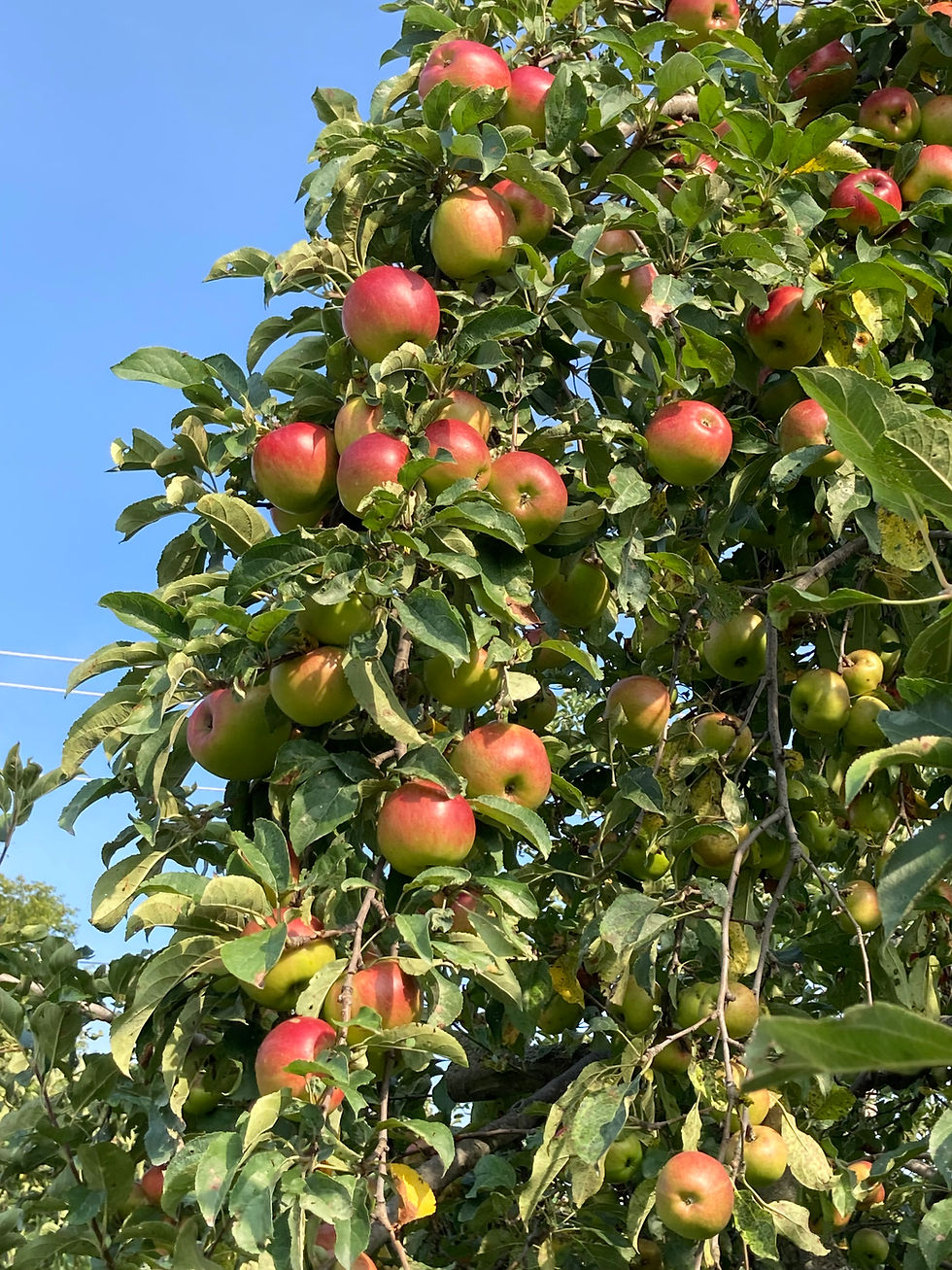Meet the Current Garden Managers
- kretschmann9
- Aug 30, 2021
- 2 min read
Updated: Jul 23, 2024
To keep fertile land in production while we await transition to longer term farm tennancy, we have leased a portion of the farm an annual basis to young Pittsburgh growers. We're open to several of these arrangements as long as all can cooperate with one another in joint effort. Todd Wilson is currently growing about 3 A of various vegetables. He worked for us for about 5 years and then started growing elsewhere under the name Tiny Seed Farm. He markets to restaurants and sells at the Bloomfield, Lawrenceville, and Sewickley farmers' markets.

While Don is not interested in the farm being a "teaching farm", he realizes these newbees to farming will need a little advice and can greatly benefit from the access to larger equipment and commercial scale infrastructure. To this end, typically he operates the larger equipment for primary tillage of the plots. 1 A is the maximum amount of land per farmer. Though we require rental of 2A in order to have a fallow in the rotation for soil improvement purposes. One wouldn't want land to become depleted by constant rental use.
Farm assets require maintanence or one wouldn't be farming for long. We always take the long term view, using the most durable materials and methods. This honors what those generations of farmers before us bequeathed us. This applies equally to the fertility of the land as it does to the roofs and floors of the buildings. Note the tile and slate roofs as well as the hardwood 10x10's for structural replacements and 5/4 hardwood barn flooring.
With short term as with longer term lessees, we aim to maintain the productive capacity of the land while deriving enough income via lease to maintain the buildings, machinery, and infrastructure.
Rental amounts are based on very modest expectation: 5% return on the fair market value of the asset.
This reasoning returns us to our earliest days in farming when we were irritated by older farmers underpricing us in the market because they had bought farms very inexpensively decades before. So with a reasonable and realistic cost for land and equipment we feel will result in our young gardeners appropriately pricing their products in the market, thereby not undercutting others who have to borrow for land and machinery.



Comments